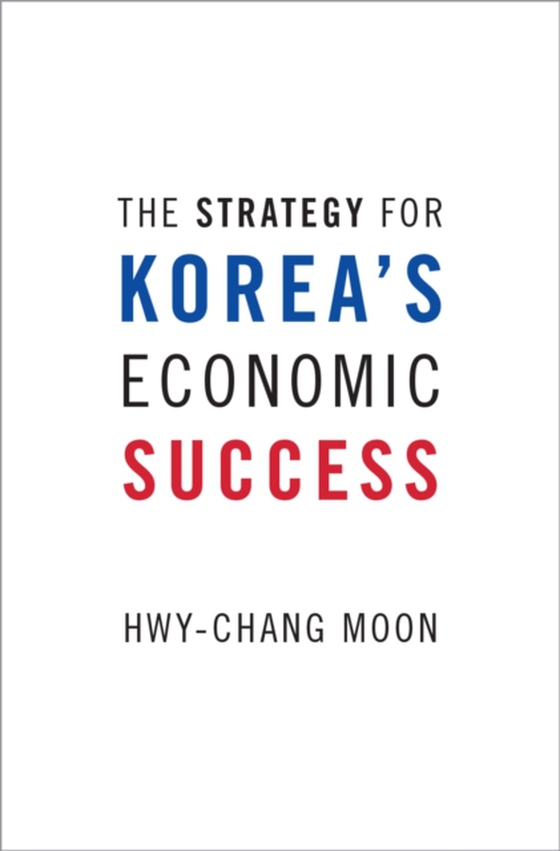
Strategy for Korea's Economic Success e-bog
583,01 DKK
(inkl. moms 728,76 DKK)
Korea's economic success has inspired numerous studies and research projects in past decades. Despite good efforts to analyze the strategy of Korea, earlier studies have not been able to comprehensively and systematically explain the country's "e;miraculous"e; growth. After thorough analysis of these earlier studies, a new model has been developed by showing that a country or firm does ...
E-bog
583,01 DKK
Forlag
Oxford University Press
Udgivet
1 april 2016
Længde
272 sider
Genrer
1FPKS
Sprog
English
Format
epub
Beskyttelse
LCP
ISBN
9780190228811
Korea's economic success has inspired numerous studies and research projects in past decades. Despite good efforts to analyze the strategy of Korea, earlier studies have not been able to comprehensively and systematically explain the country's "e;miraculous"e; growth. After thorough analysis of these earlier studies, a new model has been developed by showing that a country or firm does not have to be more innovative or possess more resources to have a competitive advantage over others. In The Strategy for Korea's Economic Success, Hwy-Chang Moon details four factors that comprise the ABCD model and illustrates how the Korean government, corporations, and people have exemplified these factors in achieving their current level of success. The four factors are agility (speed + precision), benchmarking (learning + best practices), convergence (mixing + synergy), and dedication (diligence + goal-orientation). Together, these factors have enabled Korea's economic success and will continue to drive the next level of growth. Anyone can become more competitive with proper implementation of the ABCDs. Korea's development strategy holds special value, because it is more practical and appropriate for many developing countries. For more developed countries, on the other hand, the ABCDs can be used to fast-track the next phase of growth. Moon also highlights the role of internationalization in broadening the scope of strategic choices, and shows how the combined implementation of internationalization and the ABCDs deepens the pool of strategic resources.
 Dansk
Dansk

